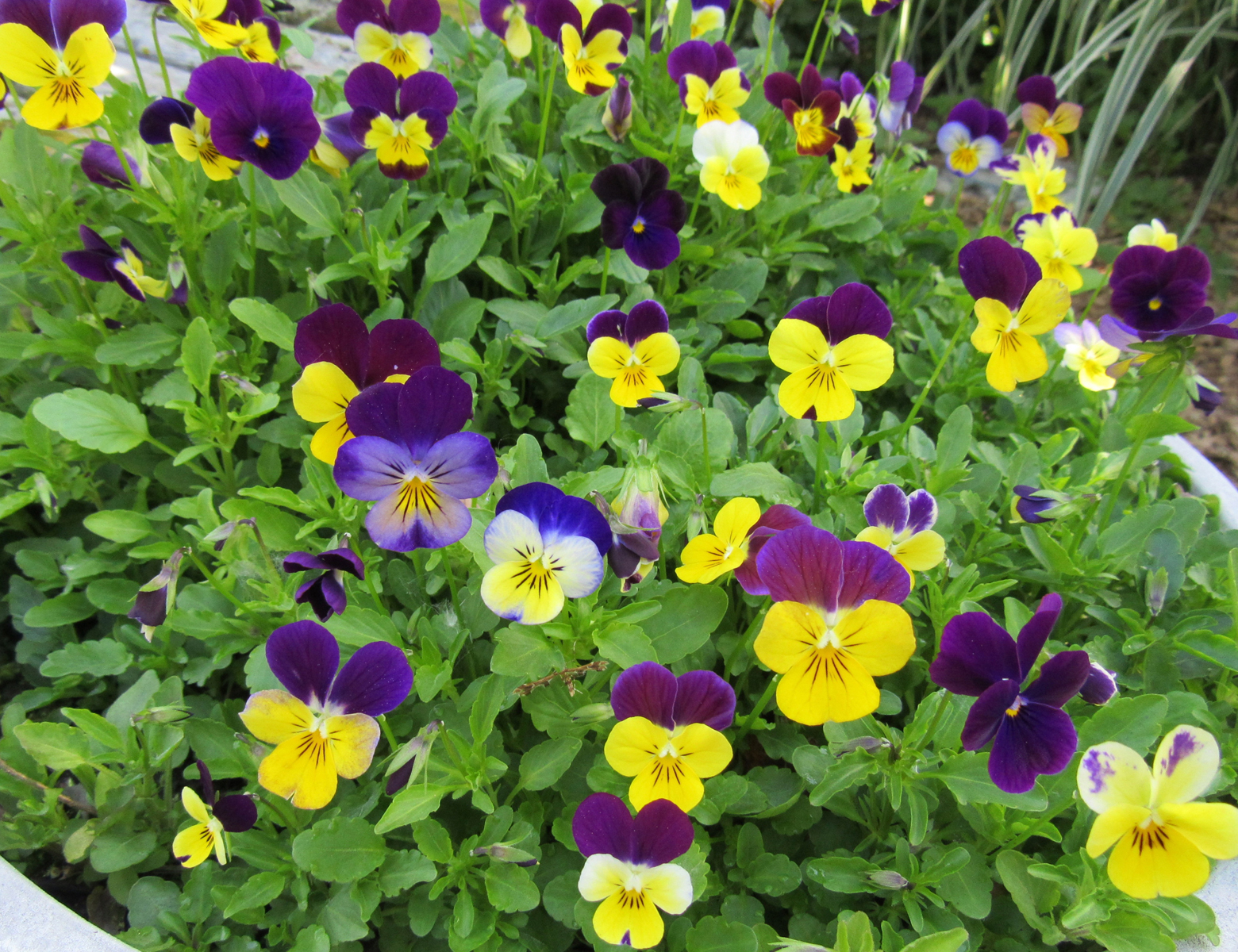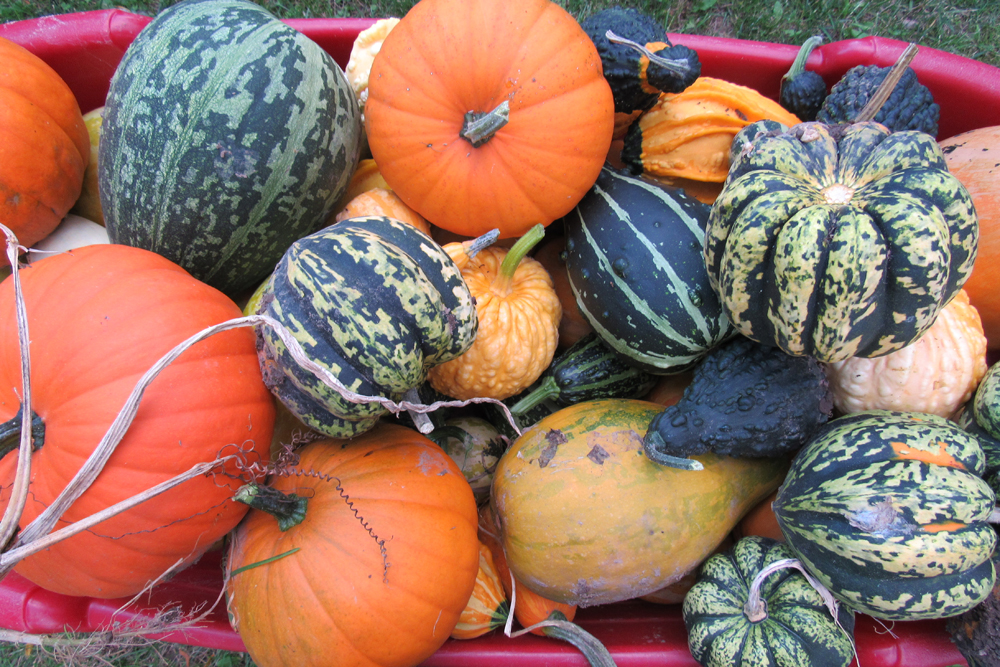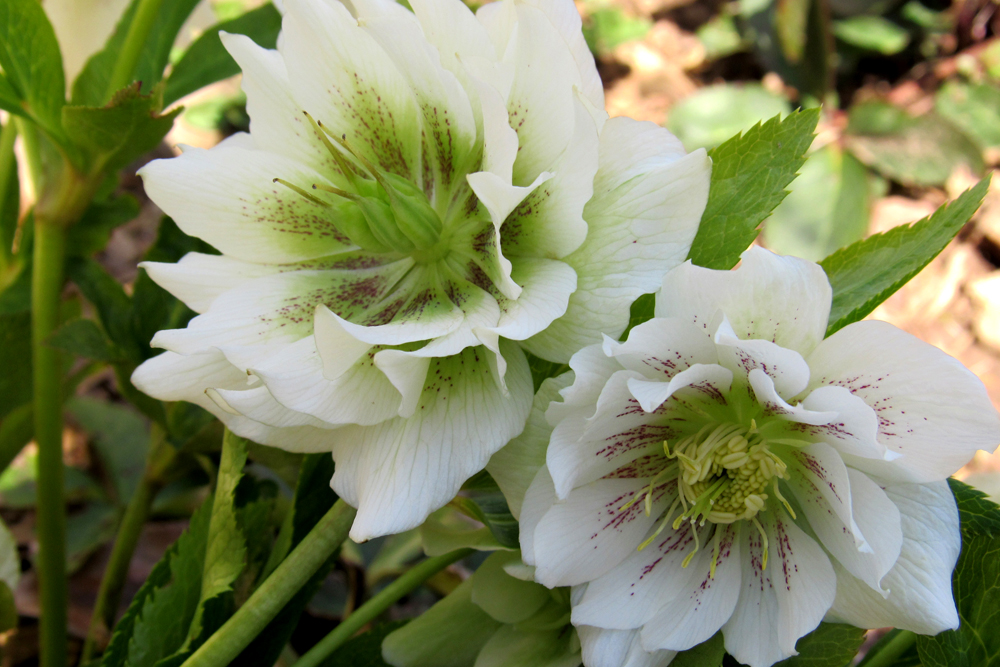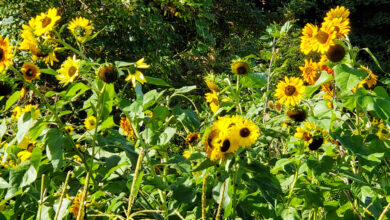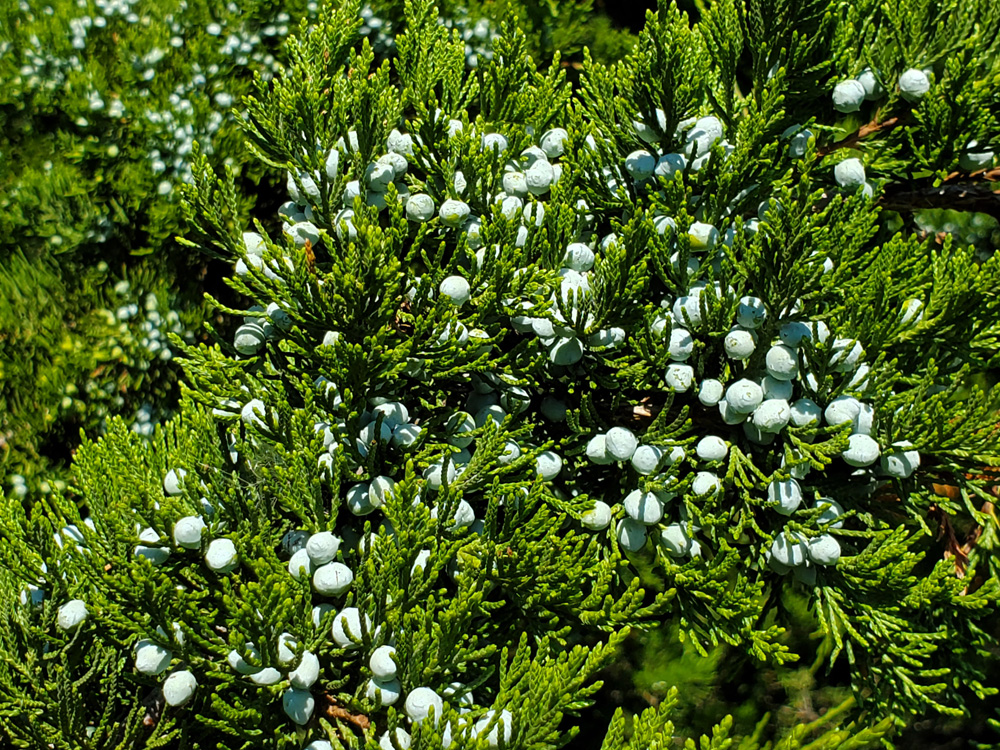Houseplant Care: Part 2
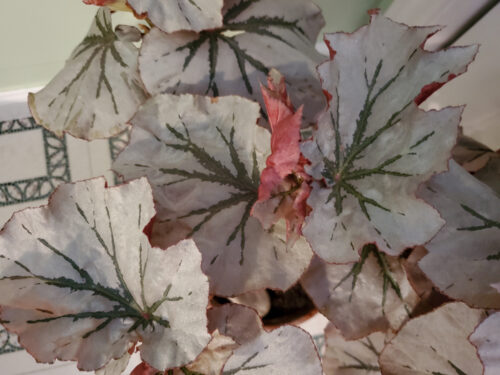
In the last column, we covered watering and lighting tips for houseplants. This column will focus on proper humidity, fertilizing, and summer care, as well as diagnosing problems and some especially durable houseplants.
The air inside your home can be especially dry in the winter, and room and furnace humidifiers can help your houseplants. If those options are not possible, place watertight trays beneath your plants and fill them with sand or gravel that is kept constantly moist. The University of Missouri Extension says this will increase humidity around the plants – just make sure the pots are sitting on top of the sand or gravel and not in it. You can also mist the leaves daily to increase humidity. Plants such as orchids or gardenias, which need high humidity, do better in kitchens or bathrooms where the humidity levels are higher.
Fertilizing – UME advises not to fertilize during the winter months or when no new growth is apparent. Plants that are producing new growth or flowers can benefit from fertilizing once a month. Fertilizer should NOT be used to stimulate growth in a plant that is located in poor growing conditions and can even do more harm than good, UME says. You can use water-soluble, complete fertilizers for houseplants, soluble fertilizers such as 20-20-20, or slow-release fertilizer beads, pills, or spikes. Follow the directions carefully, and do not apply liquid fertilizers to a wilted plant. Water first and fertilize after the plant has recovered.
Houseplants can be revitalized by being placed outside in the summer months. Wait until the weather has warmed up, as cool night temperatures can damage some plants. Give plants time to adjust by placing them in a protected area for the first week. Houseplants need a sheltered spot for summering outside.
Here are some common problems that result from poor growing conditions inside. UME says the yellowing and dropping of lower leaves is typically caused by overwatering or may happen when a new plant from a greenhouse is placed in a low-light, low-humidity environment. If you have yellowing and dropping leaves at various levels on the plant, overwatering, poor drainage, tight soil, chilling, or even gas fumes can be the problem. If the margins or tips of leaves look browned or burned, it is a sign of too much fertilizer, the plant being too dry for a short period, exposure to too low a temperature for a short time, or the use of softened water. Leaves that are yellow or light green with the plant showing weak growth can be an indication of too much light or a poor root system potentially caused by poor drainage, overwatering, or tight soil.
Some of the most durable, easy-care houseplants according to UME, are snake plant (Sansevieria trifaciata), heart-leaf philodendron (Philodendron scandens), baby rubber plant (Peperomia obtusifolia), cast iron plant (Aspidistra elatior), Janet Craig dracaena (Dracaena deremensis) golden pothos (Epipremnum aureum), and the always popular spider plant (Chlorophytum comosum).



